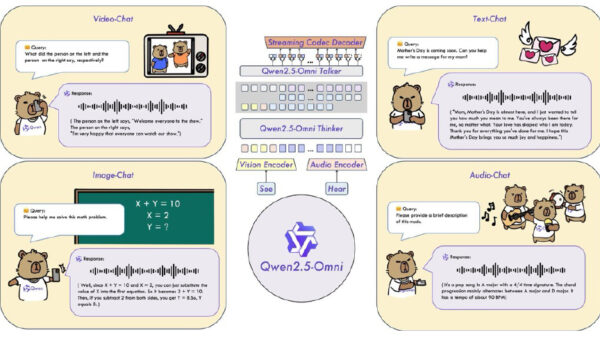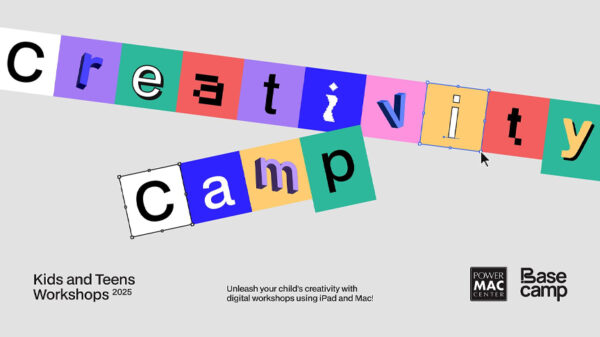By Lily Asis
Automation in and of itself could raise productivity worldwide by 1% to 1.5% per year. However, automation cannot solve everything. What may be hindering our businesses is often the processes that we follow, whether it is assembling a product or delivering a service. The solution is optimizing the workplace for efficiency and productivity, and using automation as one of the multiple tools at your disposal to achieve your objectives.
Here are six ways you can improve workflow efficiency in your business. We’ll focus on practical tips nearly any organization can implement and explain why they bring value.
TAKE A BUSINESS WORKFLOW INVENTORY
You may maintain a product inventory, but have you documented the right way to perform an inventory? In fact, your business should document and define their work processes. It is surprising how many large organizations don’t document their most important processes.
One of the best ways to improve workflow efficiency in the organization is to list all of the processes and workflows in your business that you follow on a daily basis. List each process, the purpose you think it has, and everyone involved in the process. As you’re working, start to list the periodic processes people follow such as weekly and monthly activities.
At the end of a month or two, you’ll have a list of every major process and an idea of how often it is done. You should take the time to document the recommended way to complete the task. This alone can make things more efficient, since everyone now has a standard way to perform the task, and training new hires becomes much simpler.
Rank your processes. List what is most important to least important. People may be able to save time and effort by no longer doing the less important tasks so often. Your business certainly benefits by them prioritizing the most important tasks first. This has the side benefit of allowing you to identify which processes are worth streamlining first.
Next comes looking for ways to streamline your operation, one process at a time. Identify the most commonly performed tasks. Then look for ways to streamline them. What steps are redundant or no longer necessary? Solicit feedback from key stakeholders; they can tell you what is working, what isn’t working and how things can be improved. Advice from other departments on what works for them could lead to best practices copied by your department. Or you may find that steps are no longer necessary and can be abandoned.
Eliminating them in the formal procedure and training everyone in the new, approved process means you’ve just streamlined that operation. If you find that the entire process is irrelevant, such as reports generated that no one reads anymore, make certain that you inform everyone involved to stop doing it.

List each process, the purpose you think it has, and everyone involved in the process. As you’re working, start to list the periodic processes people follow such as weekly and monthly activities.
PHOTO BY @RAWPIXEL FROM UNSPLASH.COM
AUDIT, AUDIT, AUDIT
Having a new and improved official process doesn’t matter if people don’t follow it. Once you’ve modified your processes, formally documented it and trained everyone, audit the team to make sure they’re following the new process. You can also compare the way things are working relative to your ideal work stream. You may find additional areas for improvement.
IMPLEMENT WORKFLOW AUTOMATION
Workflow automation doesn’t eliminate the human element. Instead, it automates the management of tasks and moves things along the workflow, notifying those who have work to do and allowing managers to run reports to check on the status of things. Workflow automation via specialized software can facilitate communication, such as sending an email for someone to give feedback on a report or document under review. And the notes can be automatically saved for review by someone else later.

Workflow automation via specialized software can facilitate communication, such as sending an email for someone to give feedback on a report or document under review.
PHOTO BY @RAWPIXEL FROM UNSPLASH.COM
MINIMIZE PAPERWORK OR THE EQUIVALENT
Filling out paperwork can be a time-consuming affair. Filling out online forms again and again is a similar waste of time. Do what you can to support people entering their own information online, instead of having someone fill out paperwork that someone else enters into a computer. Setting up systems so that digital records follow the work order or patient so that they don’t have to repeat the process as they move from station to station saves everyone time and hassle. Moving to electronic records also reduces the risk that critical written information is lost. Data can be accessed any time it is necessary by anyone who should have access to it.
Installing software that can streamline back office operations could yield major savings in this area. For example, purchasing and integrating software to handle filing claims, sending bills and processing payments will reduce the amount of time spent on these time-consuming, detailed tasks. It also reduces the odds of mistakes that can cost your business money.
OPEN UP LINES OF COMMUNICATION
Communication is often seen as an interruption in the workflow. However, opening up lines of communication can reduce one’s workload long-term. For example, if customers can email a question to tech support or the subject matter expert, that person can answer it as time allows without having the interruption and additional time required to answer a phone call. If staff can readily communicate with others when potential problems arise, they may get solutions before things get worse.
Another way to improve workflow efficiency in your organization is to open up the floor to feedback from everyone involved. Ask staff members, managers, people in other departments and your customers how they think things could be improved. Sometimes you can identify small changes with a major impact.

If staff can readily communicate with others when potential problems arise, they may get solutions before things get worse.
PHOTO BY @RAWPIXEL FROM UNSPLASH.COM
BRING KANBAN TO THE WORKPLACE
Kanban is a proven process for organizing work, tracking projects and tasks, and improving cycle times. Simply implementing a Kanban system improves workplace communication and improves efficiency.
The Kanban project board is the core of Kanban project management. It lets you visualize the workflow. This makes process policies explicit and makes it easier to communicate how things should be done. It allows team members to give feedback on how to improve the process while also letting everyone give feedback on the proposed changes.
By communicating the status of work in flow to everyone on the team, you minimize work in progress and can deal with bottlenecks as they arise. Project swim lanes allow people to see what needs to be done so that the overall project can move forward, instead of working on something that has already been done or investing effort in tasks that shouldn’t be done yet. As a side benefit, Kanban cards make it easy to assign work and tell when people have completed specific tasks.
The Kanban system can seem like a significant change from how things are done, but there are clear benefits to doing so. By using Kanban in project management, organizations can avoid seeing yet another failed project. And project failures are costs businesses should avoid.
How common are failed projects? Nearly half of all projects are not finished within schedule; more than two fifths don’t finish within budget; almost a third of projects do not meet their original goals and business intent; only a third of organizations get an end result that satisfies their stakeholders; two thirds don’t meet expectations. Talk about waste.
Note that Kanban boards don’t have to be on a bulletin board in the main conference room. They may be part of a workflow automation or project management software application.

Moving to electronic records also reduces the risk that critical written information is lost. Data can be accessed any time it is necessary by anyone who should have access to it.
PHOTO BY TYLER FRANTA FROM UNSPLASH.COM
Improving workflow efficiency in your business is truly working smarter, instead of harder. Take the time to improve the core processes of your business in every way possible so that you aren’t just “busy” but busy working on what truly matters.











































































































